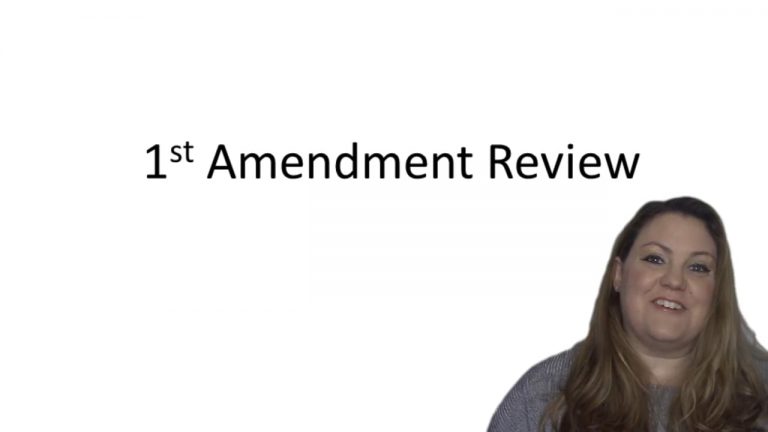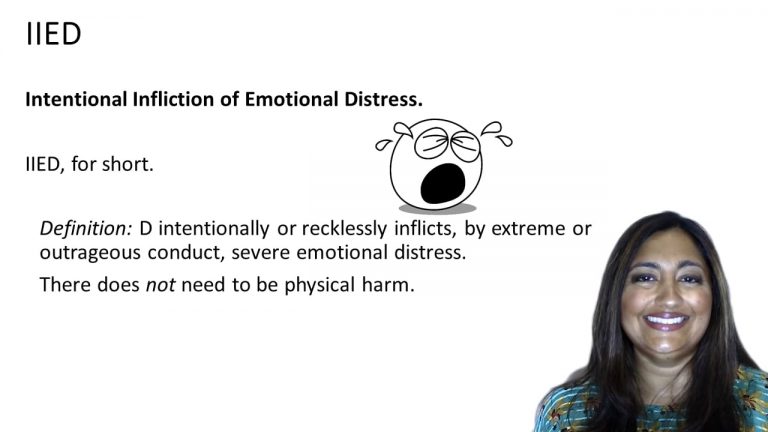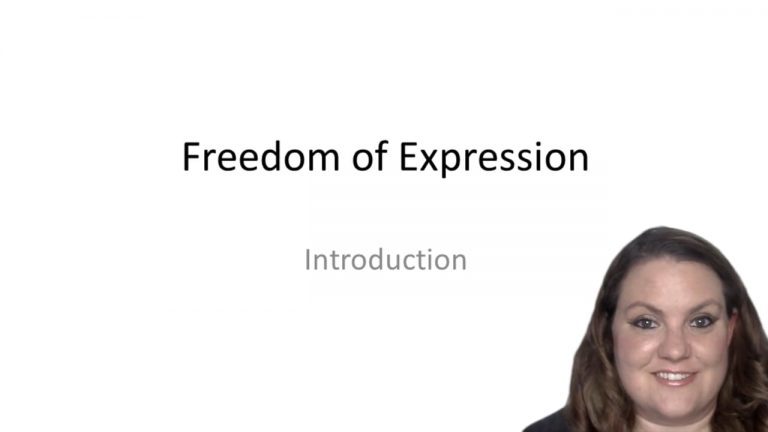SmartBrief
Confirm favorite deletion?
Constitutional Law Keyed to Farber
Snyder v. Phelps
Citation:
Snyder v. Phelps, 562 U.S. 443 (2011)Facts
Fred Phelps, founder of the Westboro Baptist Church, and six other church members picketed the funeral of a Marine who was killed in the line of duty in Iraq. The protest was peaceful with picketers displaying signs reading, “Thank God for Dead Soldiers,” “Fags Doom Nations,” “America is Doomed,” “Priests Rape Boys,” and “You’re Going to Hell.” The picketing was approximately 1,000 feet from the church where the funeral was held on public land. Snyder, the Marine’s father, testified that he saw the tops of the signs when driving to the funeral, but did not know what was written on the signs until watching the news later that night. He sued for intentional infliction of emotional distress.
Only StudyBuddy Pro offers the complete Case Brief Anatomy*
Access the most important case brief elements for optimal case understanding.
*Case Brief Anatomy includes: Brief Prologue, Complete Case Brief, Brief Epilogue
- The Brief Prologue provides necessary case brief introductory information and includes:
Topic:
Identifies the topic of law and where this case fits within your course outline.Parties:
Identifies the cast of characters involved in the case.Procedural Posture & History:
Shares the case history with how lower courts have ruled on the matter.Case Key Terms, Acts, Doctrines, etc.:
A case specific Legal Term Dictionary.Case Doctrines, Acts, Statutes, Amendments and Treatises:
Identifies and Defines Legal Authority used in this case.
- The Case Brief is the complete case summarized and authored in the traditional Law School I.R.A.C. format. The Pro case brief includes:
Brief Facts:
A Synopsis of the Facts of the case.Rule of Law:
Identifies the Legal Principle the Court used in deciding the case.Facts:
What are the factual circumstances that gave rise to the civil or criminal case? What is the relationship of the Parties that are involved in the case.Issue(s):
Lists the Questions of Law that are raised by the Facts of the case.Holding:
Shares the Court's answer to the legal questions raised in the issue.Concurring / Dissenting Opinions:
Includes valuable concurring or dissenting opinions and their key points.Reasoning and Analysis:
Identifies the chain of argument(s) which led the judges to rule as they did.
- The Brief Prologue closes the case brief with important forward-looking discussion and includes:
Policy:
Identifies the Policy if any that has been established by the case.Court Direction:
Shares where the Court went from here for this case.
Topic Resources
Topic Videos
 8m 2s
8m 2s 5m 0s
5m 0s 8m 15s
8m 15sTopic Outline
